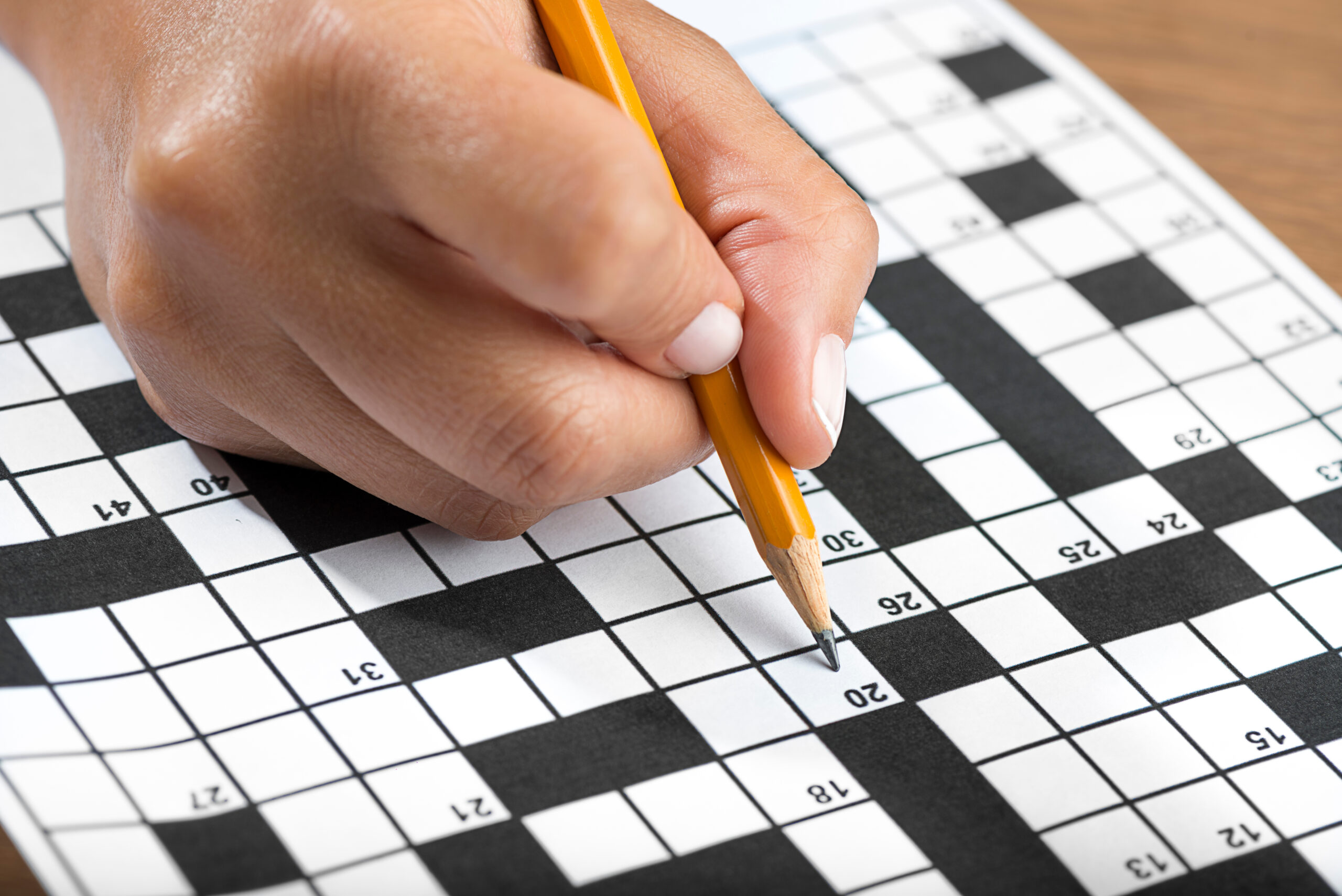
Differences in the early stages of motor learning between visuomotor illusion and action observation
Author: Tokyo Metropolitan University – Contact: tmu.ac.jp/english/index.html
Published: 2023/12/23
Peer Reviewed: Yeah – Post type: Analysis of research studies
Table of Contents: Summary – Main article – About the Author
Synopsis: Visual aids that create the illusion of movement can improve motor performance and the early stages of motor learning. A team of scientists led by Assistant Professor Katsuya Sakai of Tokyo Metropolitan University has shown that VMI can improve motor performance and motor learning in the early stages.
advertisement
Main summary
“Differences in the early stages of motor learning between visuomotor illusion and action observation” – Scientific reports.
Researchers at Tokyo Metropolitan University showed that visual aids that create the illusion of movement, such as a screen placed in front of the hand that shows hand movement, can improve motor performance and the early stages of motor learning. Compared to third-person observation of movements, near-infrared functional spectroscopy data also showed greater changes in brain activity in regions associated with motor learning. Findings like this could inform new treatment strategies for patients with hemiplegic stroke.
The visuomotor illusion (VMI) is the curious illusion of observing how the body moves even when it is still.
Imagine having a tablet screen placed in front of your hand. His hand is hidden behind the tablet and doesn’t move. Now, imagine the screen playing a video of your hand moving; Your eyes tell you that your hand is moving, but it doesn’t move at all. This disturbing situation is instantly resolved if you place the screen elsewhere; Looking at the screen now simply involves action observation (AO). Previous work has already shown that VMI and AO involve different responses in the brain, but the broader implications of VMI remain unclear.
Now, a team of scientists led by Assistant Professor Katsuya Sakai of Tokyo Metropolitan University has shown that VMI can improve motor performance and motor learning in the early stages.
Continued…
The volunteers were given a specific task: rolling two metal balls in one hand. After some initial testing, a visual aid was used that showed hands performing exactly this action. One group had the visual aid placed in front of their hand to invoke VMI, while another group simply watched the same video normally. Performance could be measured by the number of completed rolls people achieved.
Although both groups showed improvements, the VMI group showed more improvements than the AO group, both immediately after the video was shown to the volunteers and one hour later. This not only shows an improvement in performance but highlights that learning in the early stages has also improved, that is, changes can persist.
To understand what’s happening in the brain, the team used functional near-infrared spectroscopy, a non-invasive technique that helps track activity in specific parts of the brain using external probes. They were able to find key differences between AO and VMI volunteers in parts of the brain associated with learning new movements.

Continued…
Importantly, these changes were found to persist one hour after the visual stimuli, matching what they found in task performance. This was also in line with the group’s previous findings showing how VMI improved connectivity in parts of the brain responsible for motor execution.
The team notes that there is still a lot of work to do. For example, these findings come from a study conducted in healthy individuals and no evaluation of medium- and long-term motor performance has yet been performed. However, the insights gained from this study shed light on a unique strategy to improve motor performance and learning, which could one day be applied to the rehabilitation of hemiplegic stroke patients and guide the development of new treatments.
This work was supported by grant number 22K17569 from JSPS KAKENHI.
Related Posts:
Attribution/Source(s):
This peer-reviewed article related to our The Human Brain section was selected for publication by Disabled World editors because of its likely interest to our readers in the disability community. Although content may have been edited for style, clarity, or length, the article “The power of illusion helps you learn new movements” was originally written by Tokyo Metropolitan University and published by Disabled-World.com on 12/23/2023. If you require further information or clarification, you may contact Tokyo Metropolitan University at tmu.ac.jp/english/index.html. Disabled World makes no warranties or representations in connection therewith.
advertisement
Discover related topics
Share this information with:
𝕏.com Facebook Reddit
Page information, citations and disclaimer
Disabled World is an independent disability community founded in 2004 to provide disability news and information to disabled people, older people, their families and/or carers. Visit our homepage for informative reviews, exclusive stories, and how-tos. You can connect with us on social media like X.com and ours Facebook page.
Permanent link: The power of illusion helps you learn new movements
Cite this page (APA): Tokyo Metropolitan University. (2023, December 23). The power of illusion helps you learn new movements. Disabled world. Retrieved December 27, 2023 from www.disabled-world.com/health/neurology/brain/movement-illusion.php
Disabled World provides general information only. The materials presented are never intended to be a substitute for qualified professional medical care. Any third party offers or advertisements do not constitute an endorsement.






